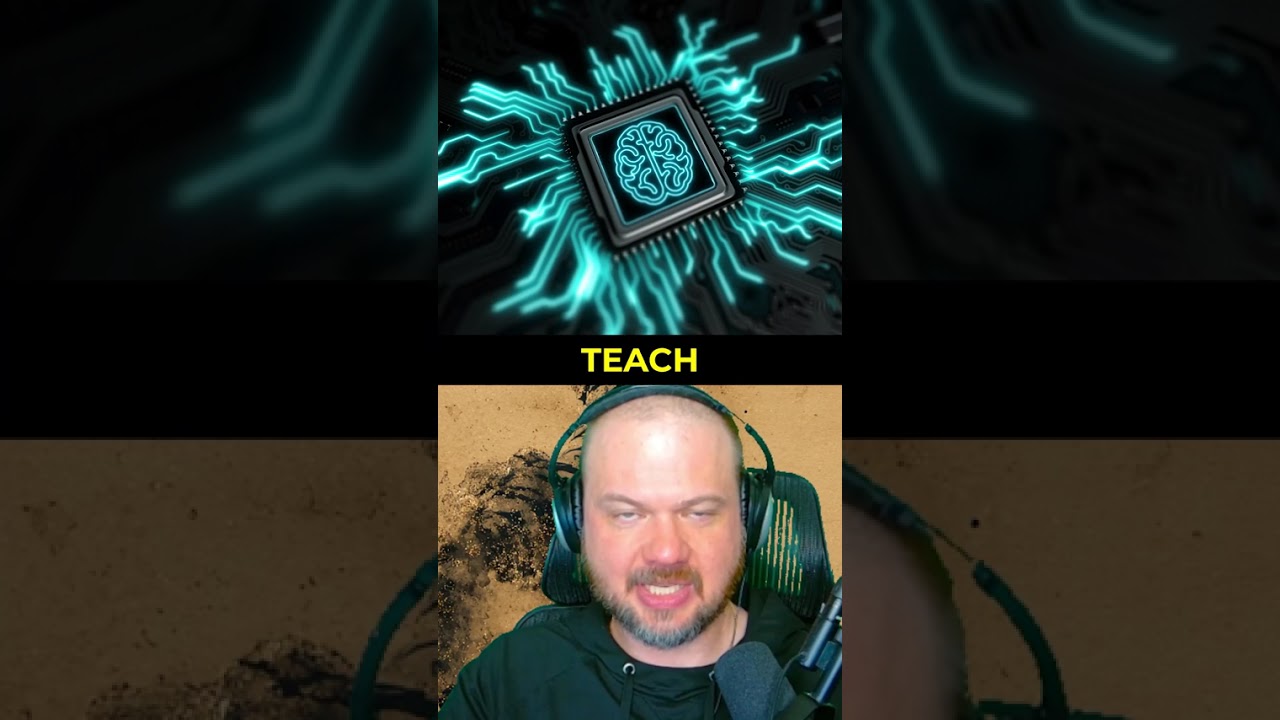Sakana AI introduces a novel reinforcement learning approach that focuses on creating smaller, efficient “teacher models” to guide student models, enhancing reasoning skills while reducing computational costs. This learn-to-teach paradigm democratizes advanced AI training by making it faster, cheaper, and accessible on consumer-grade hardware, potentially transforming AI development.
The video discusses a novel approach in reinforcement learning (RL) introduced by Sakana AI, which challenges traditional methods of teaching AI models. Typically, RL involves training AI by rewarding it for successful actions, encouraging the model to repeat those behaviors. However, this new approach shifts the focus from directly solving problems to learning how to teach effectively. Instead of relying solely on large, expensive models to generate training data, the method emphasizes creating efficient “teacher models” that guide the learning process.
These teacher models are smaller and more efficient compared to the massive language models commonly used today. Despite their compact size, they excel at imparting reasoning skills to student models, outperforming much larger counterparts. This efficiency not only reduces computational costs but also accelerates the training process. By leveraging these smaller models as teachers, the approach makes advanced AI training more accessible and scalable.
One of the key advantages highlighted is the affordability and speed of training with these compact teacher models. Large language models require significant resources, often limiting their use to organizations with substantial computational power. In contrast, these smaller teacher models can potentially run on consumer-grade hardware, democratizing access to advanced AI capabilities. This shift could lead to broader adoption and innovation in AI development.
The video emphasizes that this learn-to-teach paradigm represents a subtle but impactful change in how reinforcement learning is approached. Rather than focusing solely on the student’s ability to solve tasks, it prioritizes the quality and efficiency of the teaching process itself. This perspective opens new avenues for improving AI training methodologies by optimizing the interaction between teacher and student models.
In summary, Sakana AI’s introduction of compact teacher models offers a promising direction for reinforcement learning. By flipping the traditional reward-based teaching method and focusing on efficient teaching strategies, this approach enhances reasoning skills in AI while reducing costs and resource requirements. This innovation could significantly influence the future of AI training, making it faster, cheaper, and more accessible to a wider range of users.
